Vinu Daniel: Early Influences and the Future of Architecture

I believe beauty is not just about the aesthetics, but also about the resourcefulness of the process. To me, beauty is an aspect that emerges when we can reduce our dependency on natural resources, or materials, minimising our embodied energy by incorporating the materials that are already available, like discarded tyres, or discarded plastic toys, into something meaningful and visually striking; when we give new life to what would otherwise be environmental burdens.
Computing, Craft, Climate and Country
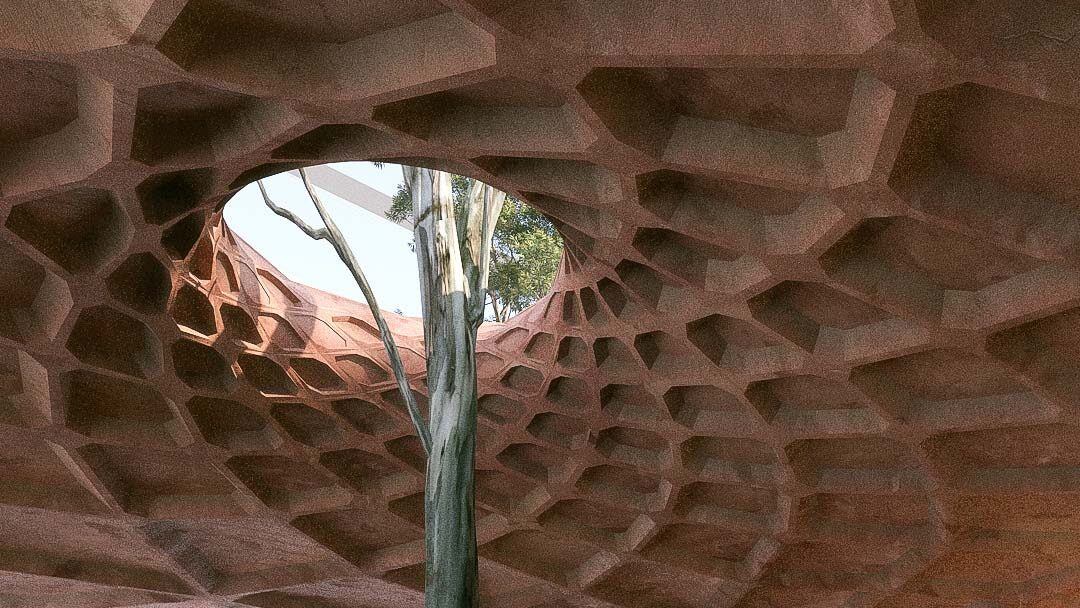
This article explores the productive synergies between design for climate and design for Country, and the ways that computation can contribute meaningfully. Our context is a world experiencing multiple crises (climate, biodiversity loss, equity) and a discipline (architecture) that has historically reinvented itself by embracing the transformative potential demanded (and offered) by such challenges.
Jing Liu: Between Precision of Softness and the Beauty of Ambiguity
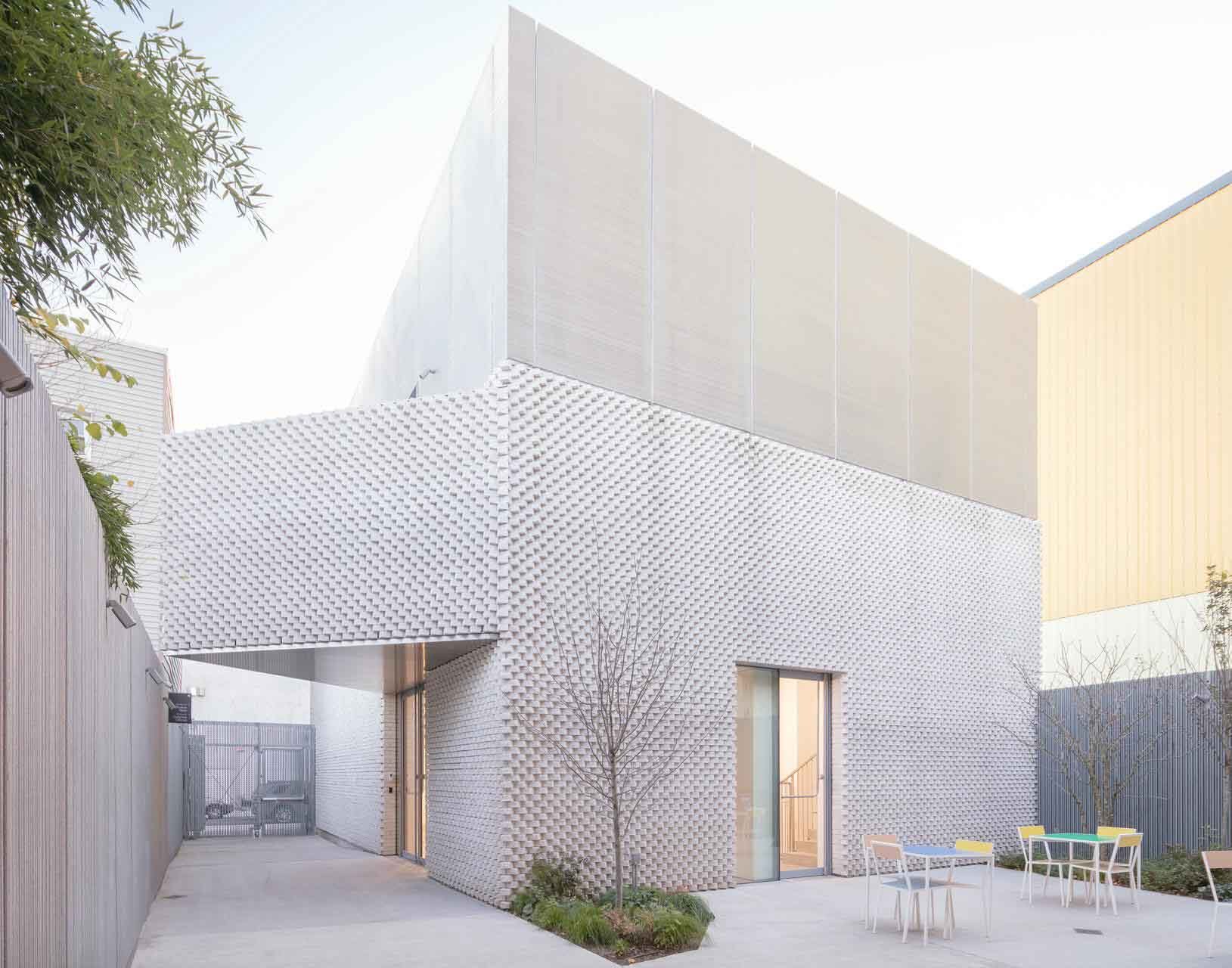
Since co-founding SO–IL with Florian Idenburg in 2008, Jing Liu has led a body of work that is spatially inventive, materially nuanced, and profoundly reflective. From the playful Pole Dance installation for MoMA PS1 to the Kukje Gallery in Seoul, the Manetti Shrem Museum of Art, and Site Verrier in France, the practice’s projects span scales and geographies, but share a commitment to experimentation, collaboration, and precision.
Instant Culture

As architects, we hoard cultural information: maps, drawings, books, stories, pictures, notes, letters, sketches. We hope that through our analysis, this information can be meaningfully composed, and that together, our collected fragments can speak to a relevant culture or history in built form.
Country-Centric Design and Technology

Australia’s First Peoples live a relational cultural framework binding us to the natural world and each other. Lived experience is not an abstract philosophy, shaping communities and world views.
Bangkok Apartment and Chonburi Multi-Purpose Building: Suphasidh Architects
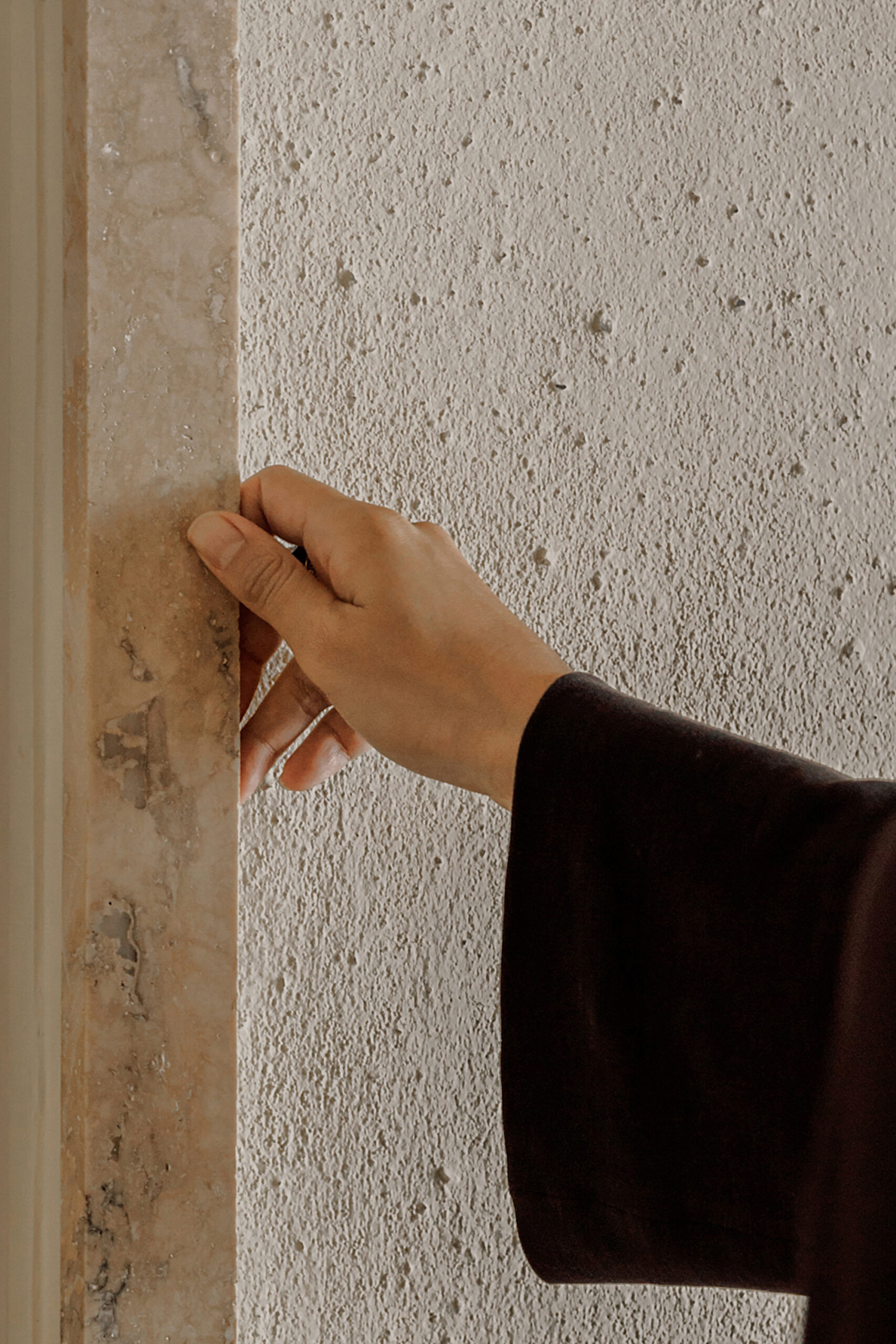
In Thailand, I retraced an old technique of building with rammed earth, with the conviction of its value to the local building industry. Although the technology was prevalent for thousands of years, it has been disregarded for its labor-intensive and time-consuming nature of manually compressing earth. I re-learned this construction technique with our local builders, allowing them the instinctive mastery of the expertise through trials.
Burudi Gurad, Burudi Ora: Critical spatial, relationalities of care

Design and planning across Australia is founded upon Terra Nullius and tabula rasa. These ideas of no man’s land and a blank slate continue to inform how we think about healthcare design
Wattleseed: Scott and Ryland Architects

Wattleseed is a collaboration between Scott and Ryland Architects, Royal Botanical Gardens, Sydney Community Greening, IndigiGrow, Taronga Zoo, Powerhouse Museum and Western Sydney University. The design draws on existing Biophilic design and Living Future Institute research and aims to facilitate environmental education through the retrofit of early childhood centres.
Wellbeing in a crisis
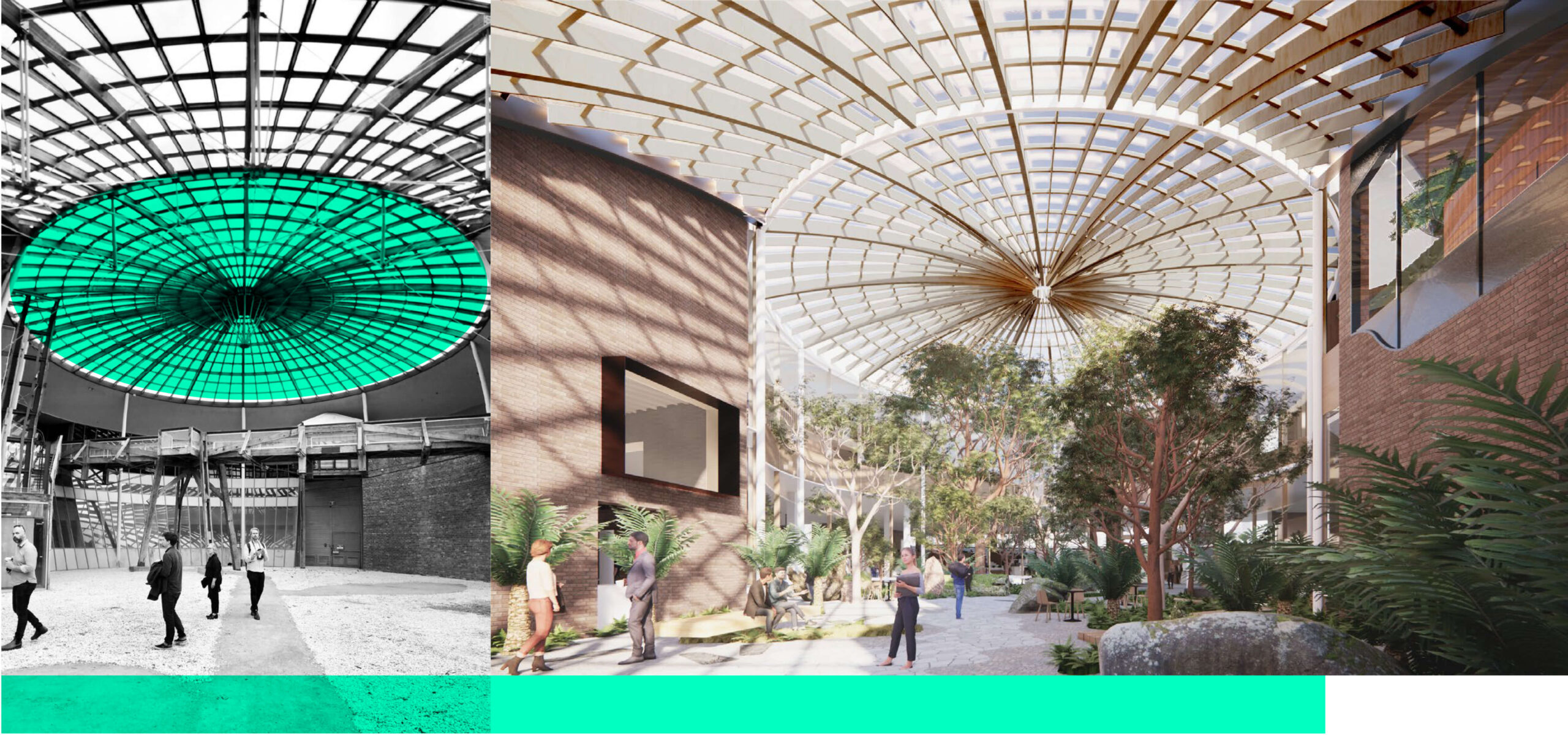
“If you choose to fail us, we will never forgive you” – eleven words aimed at the neck of the world by 16-year-old Greta Thunberg via address to the UN’s 2019 Climate Action Summit in New York City.
NextSense: WMK Architecture
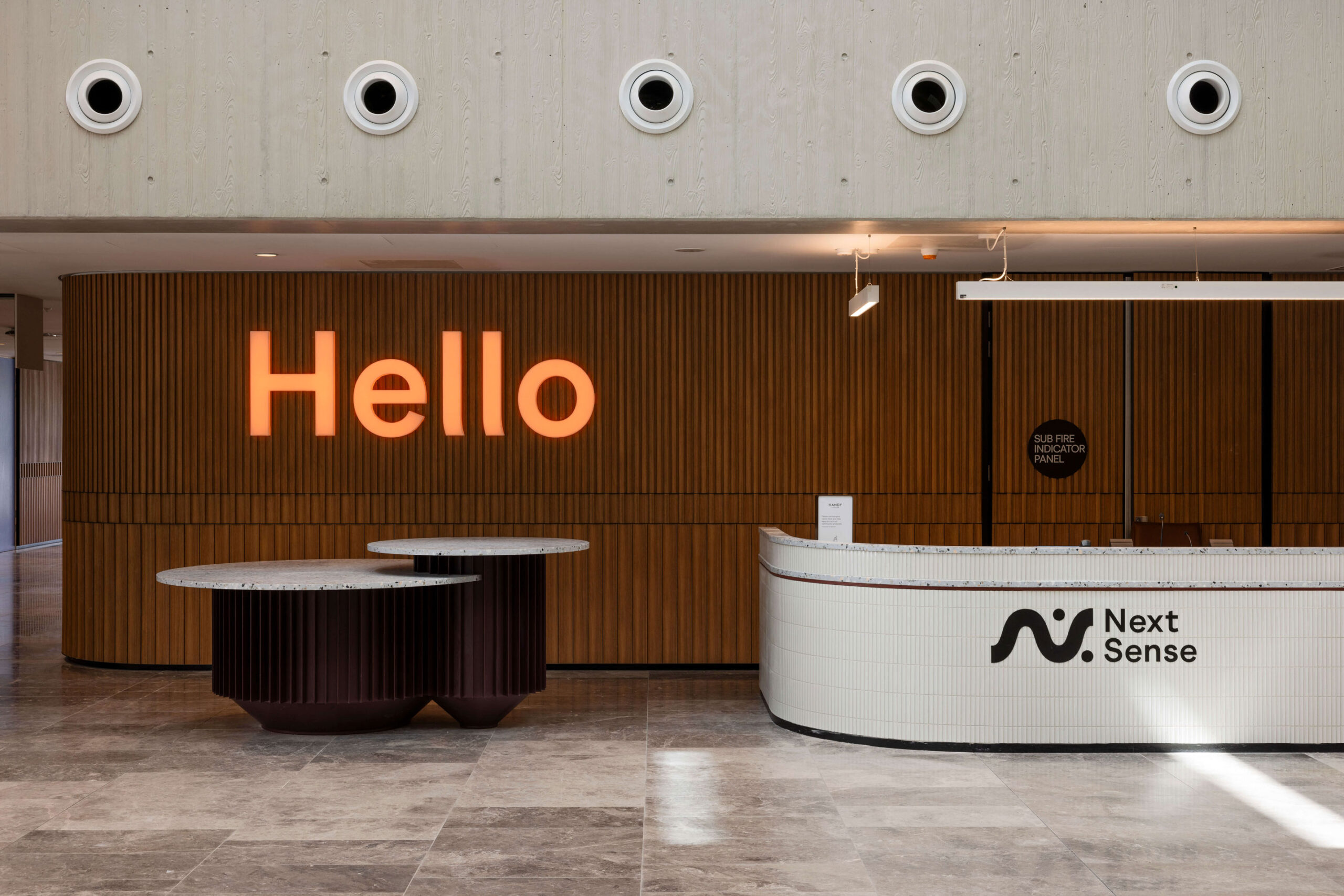
The NextSense centre for innovation at Macquarie University by WMK Architecture has opened heralding a new era for hearing and vision loss in Australia.